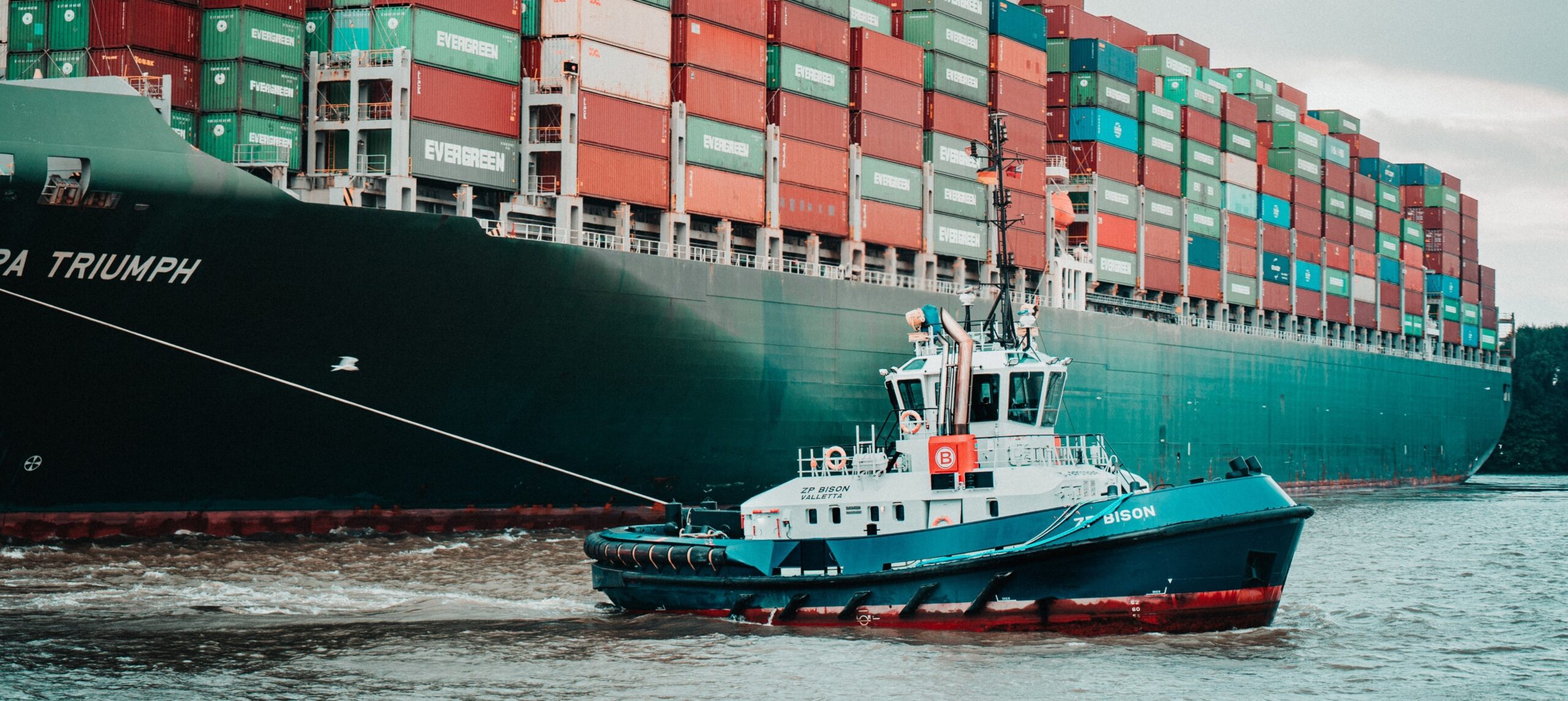
Over the last couple of years, we have seen a significant uptick in our small- and mid-cap clients being asked to disclose information about their supply chains, and this time the questions are coming from funders and investors. Why is supply chain on the radar of your investors? What can you do to respond? Our supply chain expert, Louise Hawson, explains.
We’ve seen high profile campaigns force major brands to take action to address social, environmental, and ethical risks in their supply chains for many years. From child labour in the stitching of trainers in the 90s to questions about the source of rare earth metals in our smartphones in the 2010s, campaigners and consumers have forced brands to accept responsibility for the impacts of their supply chains. But why are small- and mid-sized companies and less well-known brands now facing the same issues?
From an investor perspective, we think about this under four headings: risks, impacts, the ability to meet regulatory requirements, and market demands:
- Taking a full life cycle view, the majority of your ESG impact may be in the supply chain. For example, in its net zero roadmap, Nestlé shows that more than 70% of its GHG emissions come from the supply chain. This is a common pattern for food sector businesses, and for investors focused on carbon reduction and the related transition challenges, tackling these ‘Scope 3’ emissions is critical.
- At the same time, the supply chain may also be where your business faces its biggest ESG risks. Discovery of child labour or dangerous working conditions at factories in a supply chain is not only a reputational risk but also an operational one. As countries such as China crack down on poor practices it can lead to loss of supply if premises are closed.
- In recognition of this, governments across the world have sought to tackle issues such as deforestation, modern slavery, and climate change through laws requiring companies to understand and disclose supply chain impacts and mitigations. The EU’s CSRD and the forthcoming IFRS Sustainability Disclosure Standards launched by the ISSB (International Sustainability Standards Board) (covered in our briefing here) are the latest and most comprehensive of these. At the same time, countries such as Germany, China, and the US have their own supply chain related laws which can result in fines or prosecution for non-compliance.
- Most immediately critical for many of our clients is that small- and mid-cap businesses are facing pressure from major customers to identify, address, and report their supply chain ESG risks and impacts, as customers seek to address their own impacts and risks and meet regulatory requirements. In addition, any company that has formally committed to the Science-Based Targets Initiative, for example, is required to set and report on Scope 3 GHG targets and engage its suppliers to set their own SBTs.
Faced with increasing customer requests for data and information, investor questionnaires, and a growing tangle of sustainability standards and audits, how should companies respond? What are the best companies doing?
- Understand the context: talk to your customers and investors to understand their priorities; find out what your peers are doing; conduct supplier analysis to understand better what you buy, who from, and where from.
- Take a strategic approach: set your ambitions in the context of your business strategy. Will they help you win new customers or keep existing ones? Are they necessary to win new funding?
- Prioritise: use a double materiality approach, as well as financial materiality, to look at how ESG impacts your supply chains, and how your supply chains impact ESG issues. Use your supplier analysis, to focus resources on where you have most impact.
- Establish targets and KPIs, to drive internal change and to ensure you are on the right track and can provide the information you need to report to your stakeholders.
- Build capacity in the business to understand and deliver on your commitments and enable procurement and sustainability teams to work together.
As with all aspects of ESG strategy, companies that drive this from the Board downwards, take a proactive approach to understanding these issues in their supply chains, that are clear on their ambitions, and can prioritise resources and expertise on the things that matter most, find themselves better able to respond to customer and investor demands, and to deliver business value.
Talk to us if you’d like a health check to look at where you are currently, prioritise action and support you on your supply chain journey.
